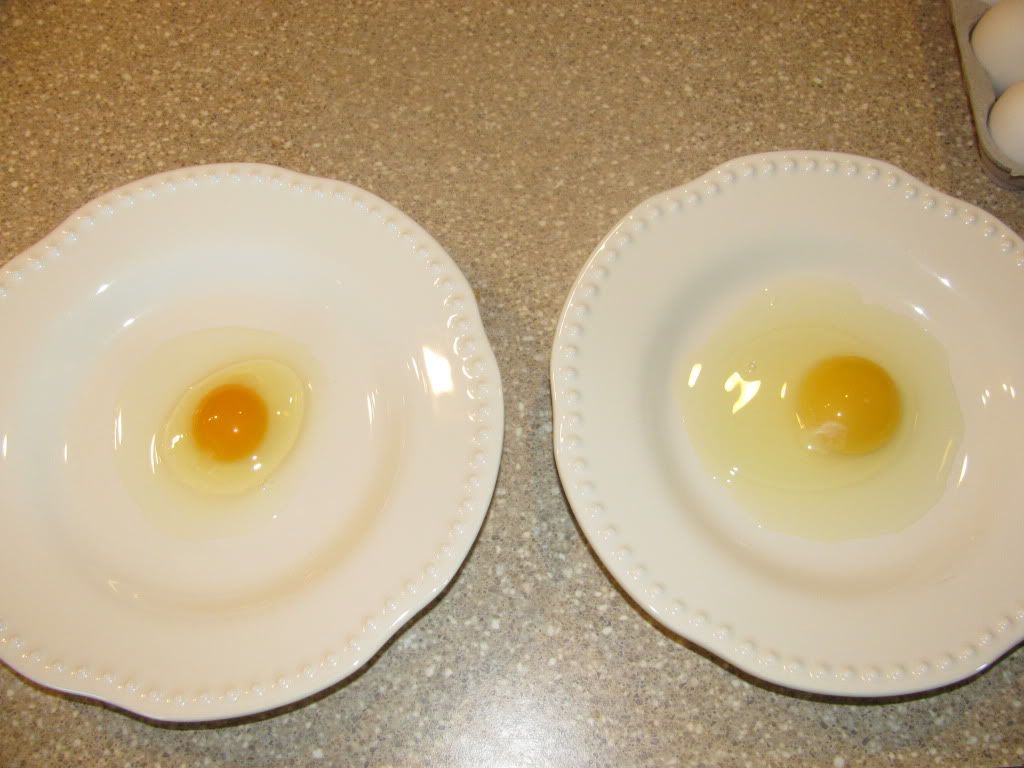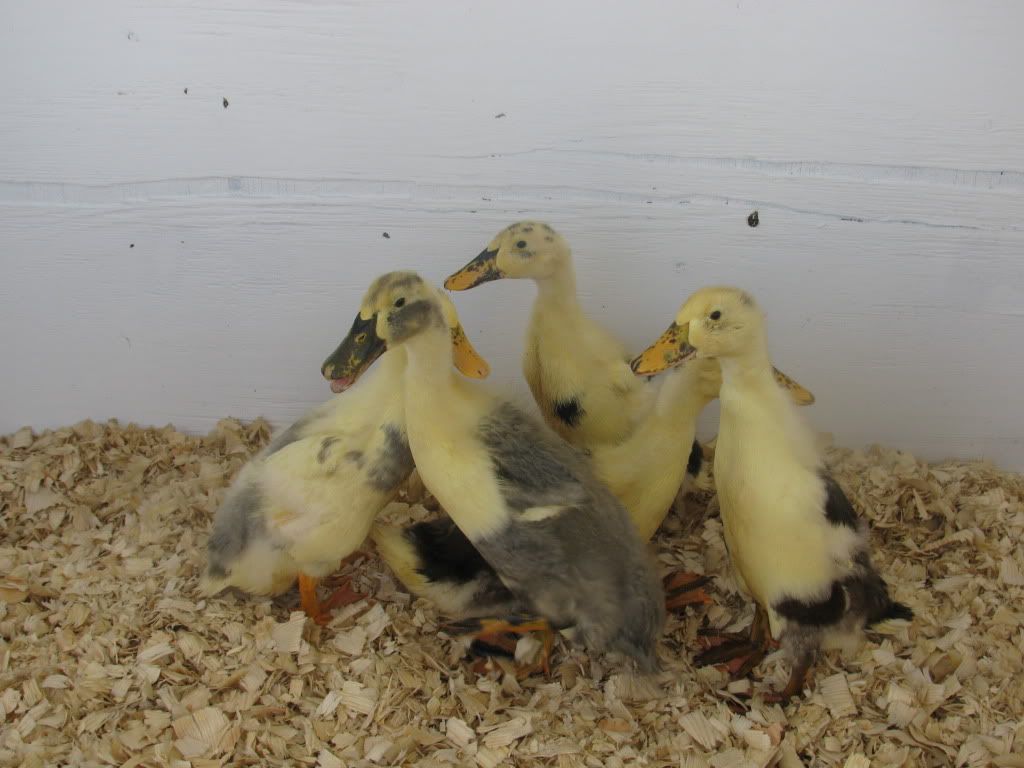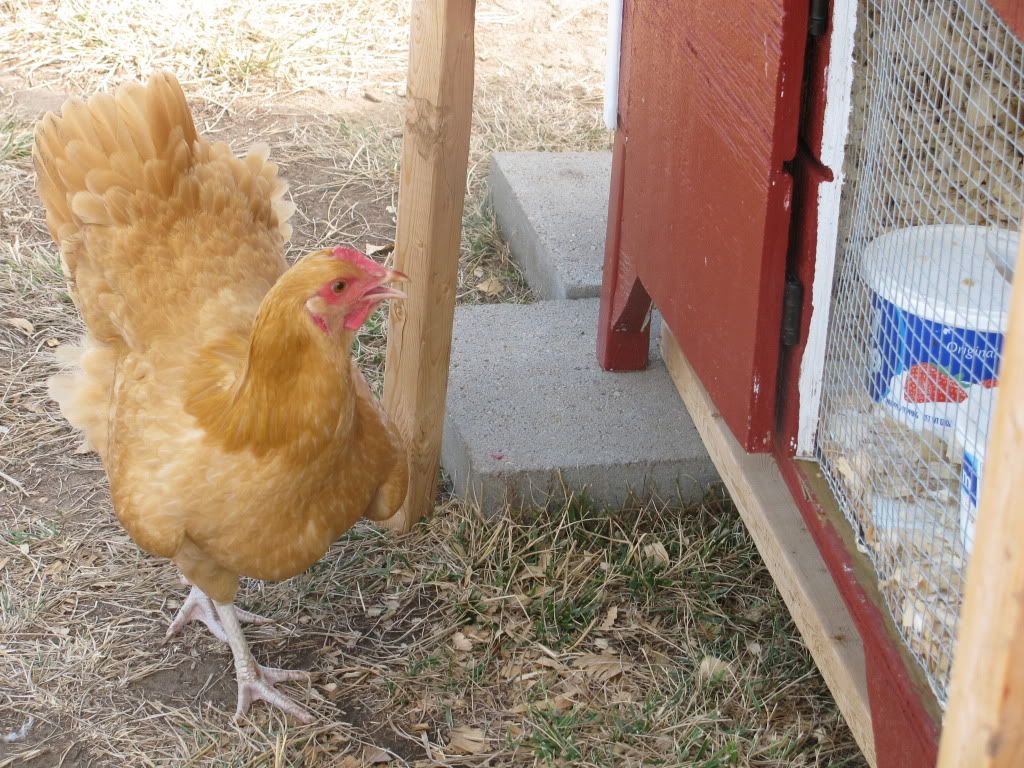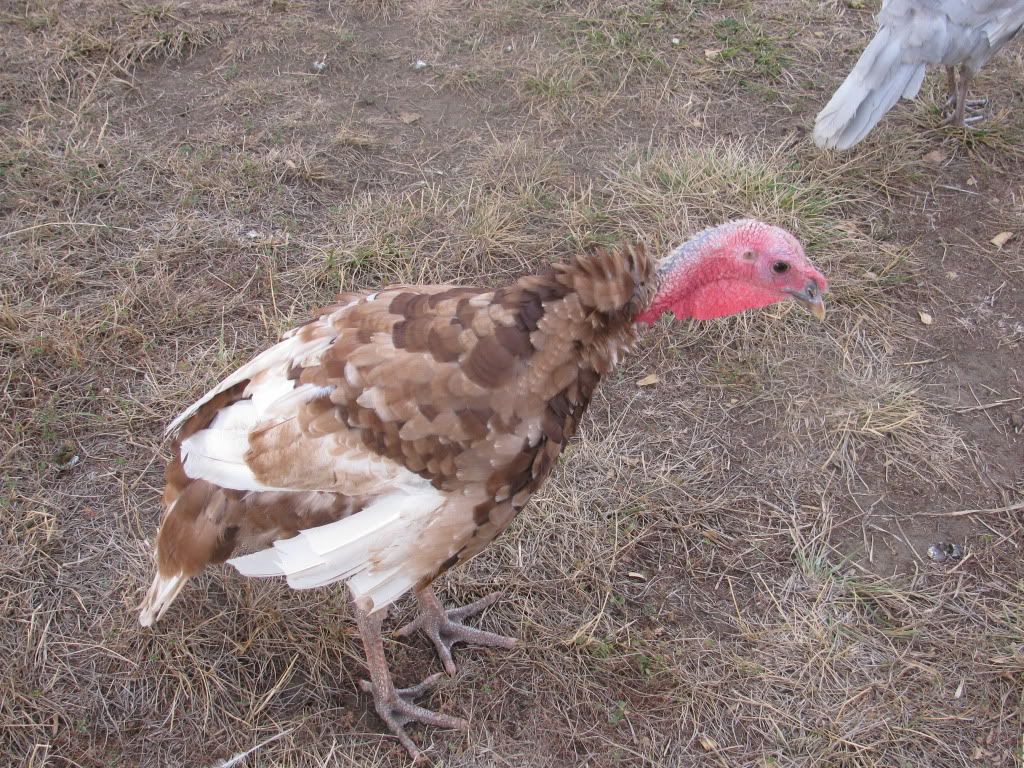When I don't have garlic I grew myself (i.e. any time prior to now), I generally buy the pre-minced garlic you can find in a jar at the grocery store. Ideally, I would can all my garlic up and use it that way. You can read about how Patrice Lewis of the Rural Revolution blog cans her garlic here.
Although I am an experienced canner, I tend to follow the established guidelines and not venture into the "grey areas" of canning such as canning bacon, butter, and, as it turns out, garlic. Here is a link to an article about the safe preservation of garlic. If you read through it, you will see that they do not recommend canning garlic. It seems that pressure canning destroys much of the flavor of garlic and so canning authorities have never bothered to establish the proper processing times for garlic. That's too iffy for me and so I decided to forgo canning garlic.
With canning out, I decided to dry much of my garlic. Here's how I did it.
Drying Garlic
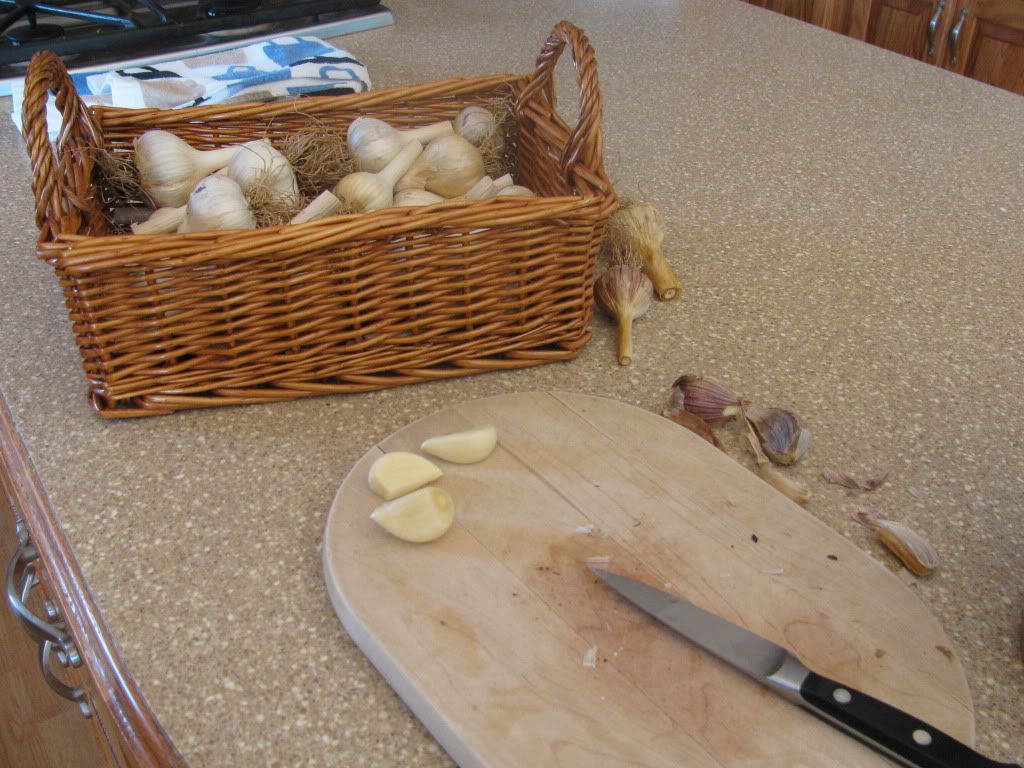 |
| Peeling the garlic and trimming off the root end |
I won't lie: the first step of the process is very tedious. Gather your heads of garlic and separate them into cloves. Then, peel the cloves and trim off the root ends. One reason I have mostly used pre-minced canned garlic for all these years is so I don't have to deal with the sticky, papery, garlic peels. I peeled so many heads of garlic this time that my fingers were covered with garlic juice. The peels then kept getting stuck to my fingers and transferred to the clean garlic cloves, cutting board, and pretty much everywhere else in the kitchen. It was a mess, but the good news is that the rest of the procedure is really, really easy.
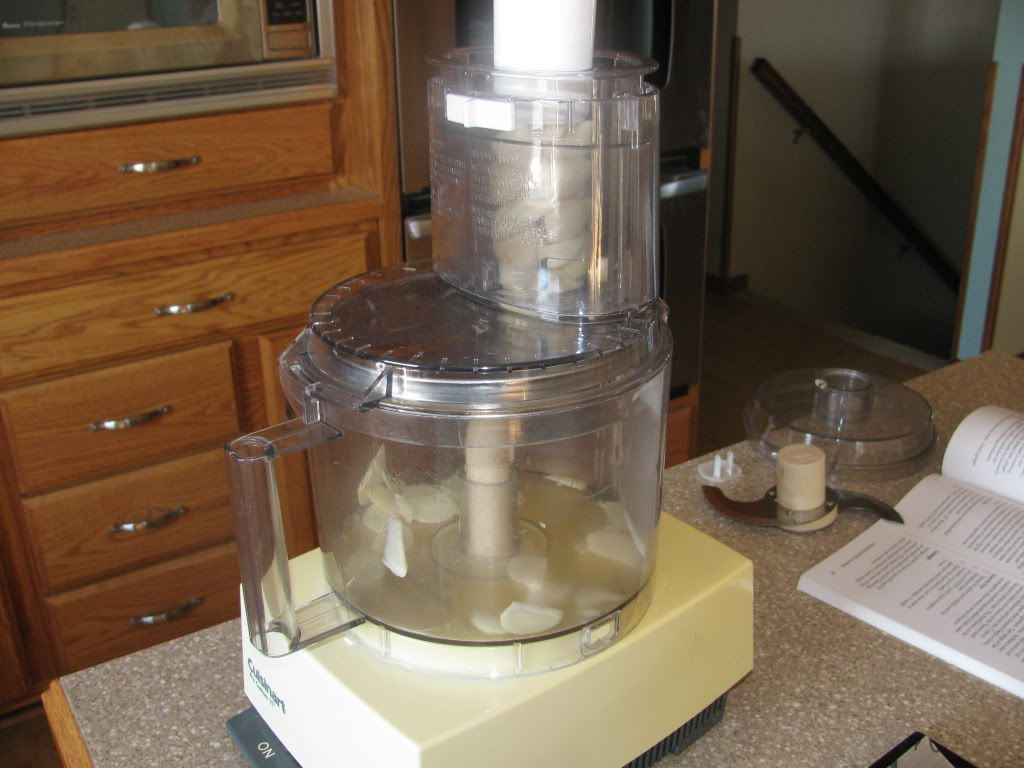 |
| I used the slicing blade on my food processor to slice the garlic into uniform pieces |
Now you need to slice your garlic by hand or with a food processor. You can mince the garlic into smaller bits if you desire, but be aware that they may fall through the mesh of your dehydrator screen.
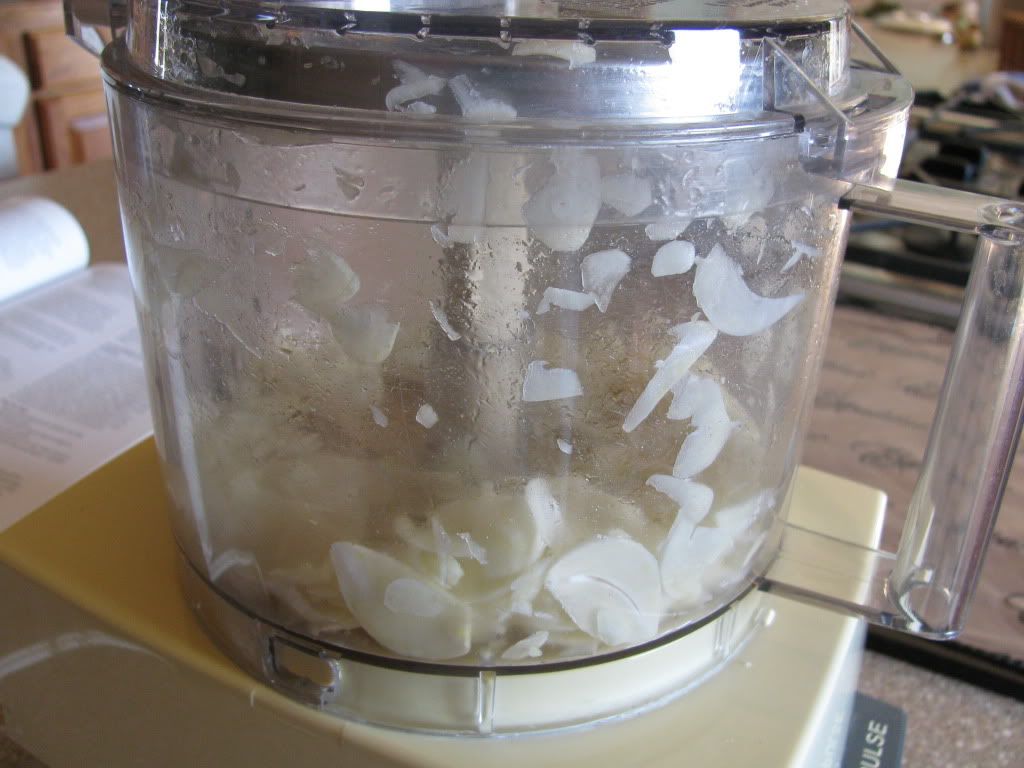 |
| The food processor makes quick work of this task |
Once your garlic is sliced, it's time to dry it. I have an Excalibur food dehydrator
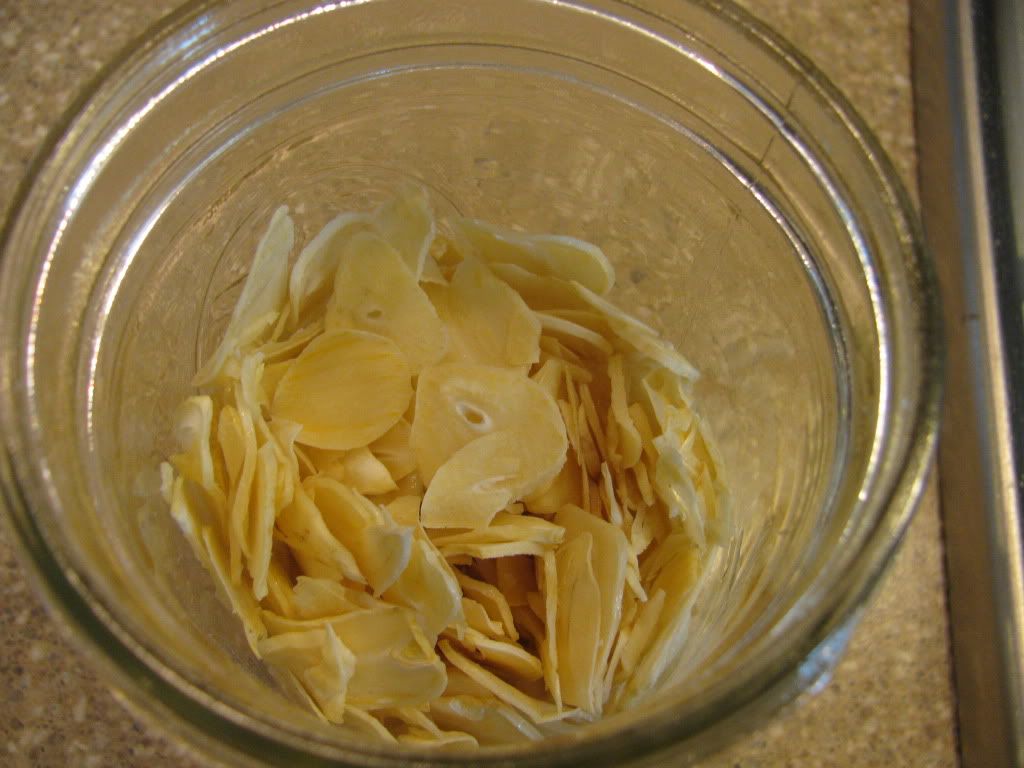 |
| The finished product |
If you don't have a dehydrator, I have also read about people drying garlic in the oven. The lowest temperature my oven goes to is 170 degrees, so drying garlic in there would take careful monitoring to prevent over-browning. Ever eaten a piece of scorched garlic before? Yuck! I would turn your oven to the lowest temperature it goes, stir often, and consider propping the oven door open a bit.
What do you do with dried garlic?
- Throw a few pieces into a soup or stew. It will reconstitute while it cooks and lend its flavor to the meal. You might want to fish the larger pieces out after you're done cooking the dish, though, because these babies pack quite a wallop.
- Grind the dried garlic in a food processor or spice grinder to make your own garlic powder.
- My favorite: Soak a clove's worth of dried garlic in some warm water until soft. Mince and use in recipes in place of canned minced garlic!
Enjoy!
